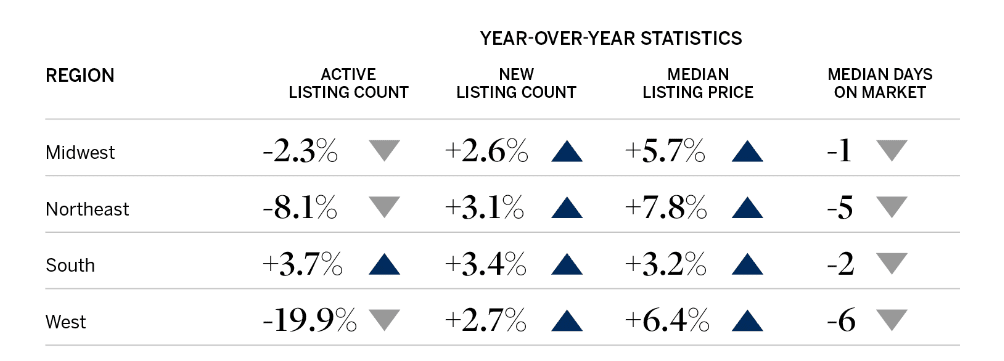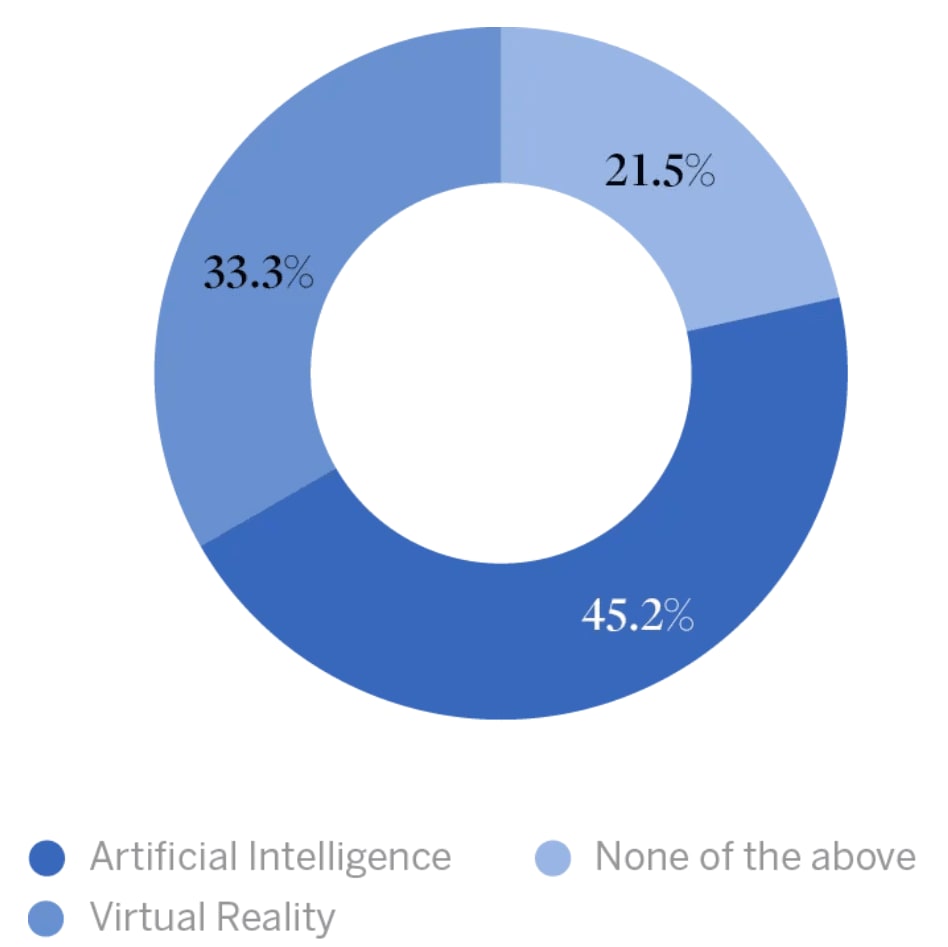Once exclusively the tool of the market researcher or the expert broker, data analytics quantifying the real estate realm are now at the fingertips of both the high-end homebuyer and seller. The targeted use of national and regional data evaluating offer and sale prices, applied mortagage rates, specific and collective home equity, property, and neighborhood ages, average home amenities and lot sizes, etc., allow the user to make informed choices in the selling or buying of any luxury home.
Whether a broker is searching for promising leads or an individual buyer is scouting a new neighborhood, data-driven analysis scouts out the direct economic impact on real estate sales. Buyers can do much of their own homework now, and the pros say consumers are coming into offices better equipped to ask the right questions.
Danielle Hale, chief economist with Realtor.com, points to distinct types of indicators for real estate data analysis by professionals and consumers.
"At Realtor.com, we track the numbers of homes available, their prices, and their time on market on a monthly basis,” Hale says.
“This type of market information is available in different geographies. Our stats cover the national market before drilling down to the metro level. Many local associations will produce similar sorts of data.”
Hale explains that such information is essential for deducing what’s happening in the housing market as several important questions can be answered with the right data points. “Are home sales moving slower or faster? Are home prices going up or down? Are homes sitting longer on the market—and, if so, what types of homes are selling quicker?”
Jason Friedman, senior global luxury advisor, Daniel Gale Sotheby’s International Realty on Long Island, New York, points out that the difficulties of gathering these sort of comparative analysis numbers can vary between regions and cities. Homes in suburban areas can be trickier to compare than, say, a building in Manhattan where there are more comparable units for sale at the same time.
A Peek Into Realtor.com Data Across 50 Metros, November 2023
This Realtor.com data found the combined annual median list-price growth rate for active listings was 5.1%. The data below looks at regional specifics, showing that on average, Northeastern metros had the highest price-growth rate (with an average increase of 7.8% year over year). Larger Southern metros saw the lowest growth (3.2%). Data like this help inform pricing on the sellers’ side and offers on the buyers’ side.
Source: Realtor.com
And these data points help sellers know how to price and buyers know what to offer.
“What makes this kind of data analysis appealing to consumers is—whether buying, selling or investing—they can now do their research the way appraisers do it,” Friedman says. “We’re seeing more (consumers) coming in better informed, with their research done, because everything is online now. They come to us with a much cleaner picture, and they can make their regional neighborhood comparisons easier.”
However, Friedman adds the suburbs or more rural areas involve more complex factors, such as venue amenities (lakeside, park adjacent, landscaping, view, etc.), era of construction, architecture, and build quality. Such elements can significantly vary the pricing of homes even within a generally limited location.
Real estate data collection and analysis is especially important in newly booming areas without a reliable value and pricing history, he says. For example, banks suddenly looking to set acceptable loan amounts for such rapidly developing regions need something to set their financial amounts before they turn to the analytics for a foundation.
AI and VR in Real Estate
Real estate agents from across Sotheby’s International Realty weighed in on which of the new technologies they're currently using in their business.
Source: Sotheby’s International Realty Luxury Outlook 2024 Agent Survey
“It’s important for professionals to know everything that’s going on with these numbers,” Hale explains. “They have to counsel buyers and sellers in a market where consumers need to be really aggressive because there are fewer sellers and a lot of buyers. We’re seeing this data now driving buyers to be really assertive in their offers—asking price or above—because we can see the market is highly competitive.”
Friedman believes accessing data analytics is especially important for home buyers looking to move to other local regions or more distant parts of the country.
“Getting online and searching through this information can make a difference if you’re looking to buy outside of your individual familiarity,” Friedman says.
“In the past, those region-to-region buyers were more likely to rely on the analysis of a real estate firm or broker. Now, they might still go that route with professionals, but they get there with a better understanding of what they’re looking at by doing their own online data research.”
Hale agrees.“Not everyone is going to be comfortable digging into the data themselves, but there are a lot of resources out there for individual consumers—such as our realtor.com/research site,” she explains. “But, it’s also important to check those insights with what professionals are seeing on the ground.”
AI’s Growing Role
In this age, any talk of data collection and analysis leads to questions about the impact and function of artificial intelligence and the tools it can bring to the real estate buying and selling process. While both Hale and Friedman acknowledge the growing influence of AI in their field, neither believes it’s in a position to take a major role yet.
“At Realtor.com, we’ve experimented with AI,” Hale says. “What we’ve found is, while AI is great at summarizing existing information, it’s not useful for creating insights from new data. You can ask AI why people might be moving from Los Angeles, California, to Austin, Texas, and it’ll do a good job of answering that because it’ll synthesize and distill what’s been written on that topic. But, if you ask it to predict the data on cross-market shopping movements, it’s not going to be able to tell you much. So, we need to be careful on how we use it.”
Friedman believes the luxury real estate market will always be human-driven, with or without AI involved.
“For areas in which numbers tend to stay stable, it’s easier to apply AI—when it’s apples to apples,” he adds. “But, in less developed areas where more variables are involved, there’s always going to be room for people to do the analysis. Of course, if AI gets advanced enough, it’ll do more. Still, I don’t see anything out there right now to put a dent in the human factor.”
“We’re seeing more (consumers) coming in better informed, with their research done, because everything is online now. They come to us with a much cleaner picture, and they can make their regional neighborhood comparisons easier.”
Jason Friedman
Senior Global Luxury Advisor, Daniel Gale Sotheby’s International Realty






